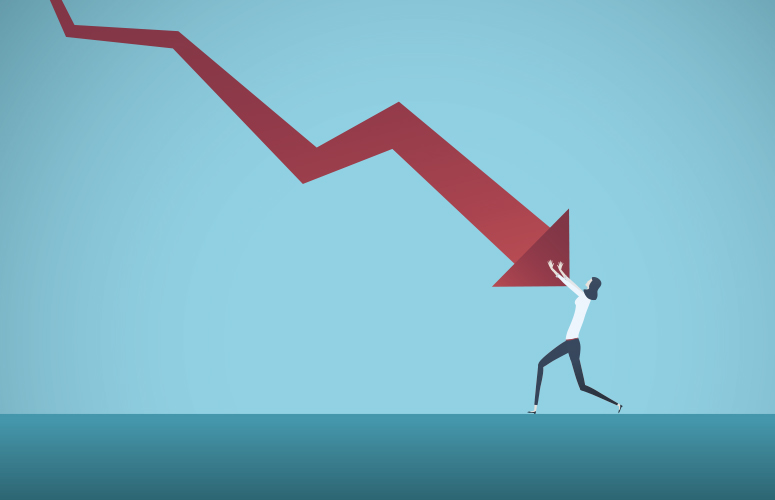
Median Income and the Odds of a Recession
In Action on the Economy
By Nicole M. Sandelier, NJBIA Director of Economic Policy Research On Nov 2, 2019In recent months, analysts from major financial corporations, such as JPMorgan and S&P Global, have rung the bell on the next “looming recession.” While some claim recession risks are on the rise, others suggest the next recession may be 12 to 24 months away.
These whispers have economic analysts looking closely at various economic indicators. One major indicator NJBIA is studying is income growth rates, or more specifically, a subsector for income analysis called median household income growth.
US Median Household Income. According to the US Census Bureau’s 2018 American Community Survey (ACS), the median household income in the US rose 0.8% to $61,937 from 2017 to 2018. According to the study, national median household income has increased every year since 2013, but the year-to-year increase from 2017 to 2018 is smaller than the previous three years. Prior to 2017-2018, increases ranged from 1.8% to 3.3% annually.
Regional Comparison. From 2017 to 2018, New York was the only regional state to experience an increase larger than the 0.8% national average, as median household income in the Empire State grew by 2.5%. New York’s median household income was $67,844 in 2018, ranking 5th overall in the region. Maryland’s median income totaled $83,242 in 2018, good for highest income in the region and second overall nationally, behind only Washington D.C. ($85,203).
New Jersey ranked 2nd overall in the region, with a median household income of $81,740. However, the Garden State was the only regional competitor to experience an income decrease from 2017 to 2018. New Jersey’s overall percentage decrease in median household income totaled less than -0.01% or $23. In 2017, the median household income totaled $81,763, while in 2018 the median was $81,740.
In 2018, Massachusetts ranked 3rd ($79,835) in the region, Connecticut ranked 4th ($76,348), Delaware ranked 6th ($64,805), and Pennsylvania ranked 7th ($60,905) in median household income.
Tying it All Together. As NJBIA analyzes economic indicators and trends, a few findings are concerning and require attention.
New Jersey is currently nearing a financial cliff, as state debt continues to increase while the pension liability and post employment benefit obligation is set to rise $4.89 billion by 2023. In addition, New Jersey ranks last for its overall business climate compared to six competitor states in our region.
NJBIA is also closely analyzing trends related to New Jersey’s gross domestic product (GDP). The Garden State’s GDP grew only 1.8% from Q4 2018 to Q1 2019 while the national average totaled 3.1%.
Indicators suggest New Jersey may not be prepared if a recession hits. As the nation inches closer to a possible recession, it is imperative that New Jersey take action to prepare the state to withstand an economic downturn.
To access more business news, visit NJB News Now.
Related Articles:






